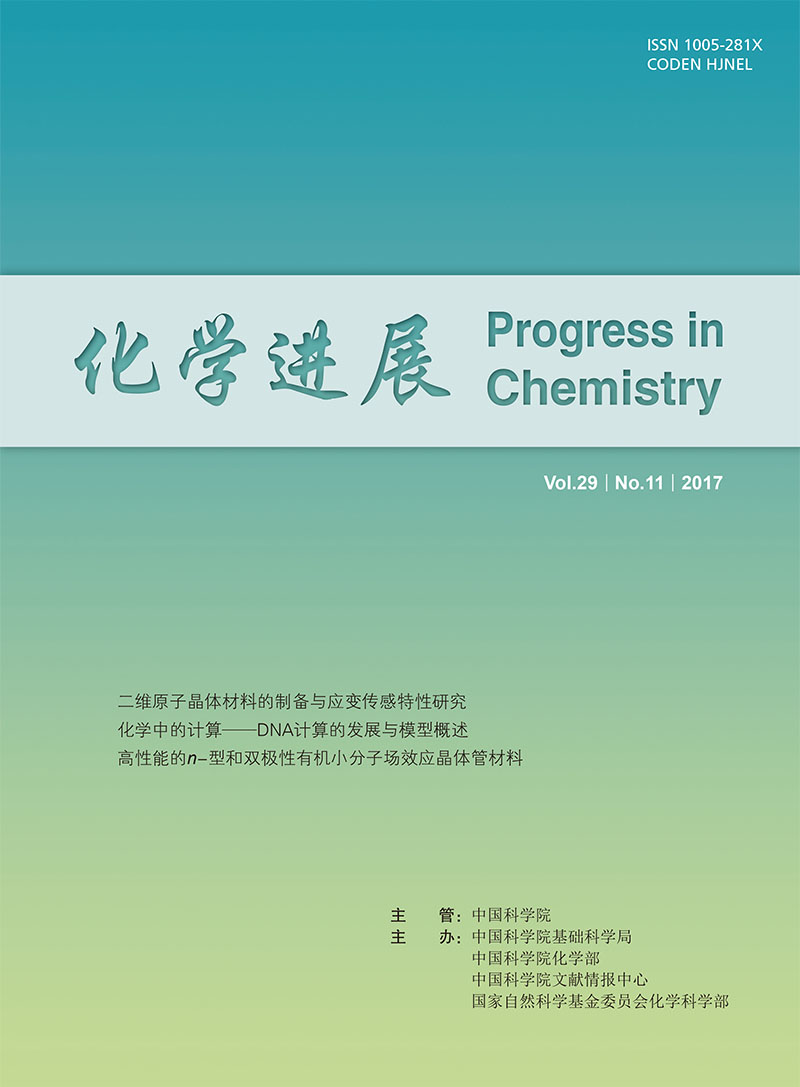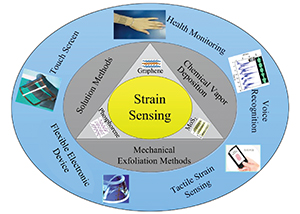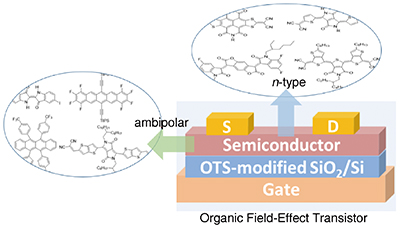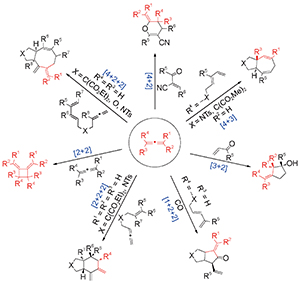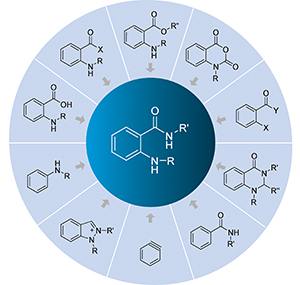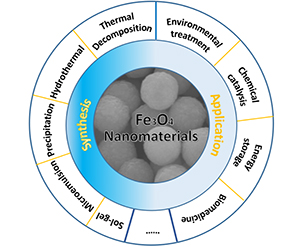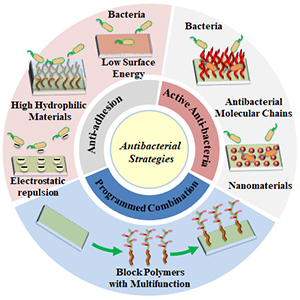Wenjie Zhu, Guoan Tai, Xufeng Wang, Qilin Gu, Zenghui Wu, Kongjun Zhu. Fabrication and Strain Sensing Properties of Two-Dimensional Atomic Crystal Materials[J]. Progress in Chemistry, 2017, 29(11): 1285-1296.
Abstract
Two-dimensional atomic crystal materials have attracted a wide range of research interests due to their excellent optical, electrical, mechanical, magnetic and thermal properties. In particular, two-dimensional atomic crystal materials can produce a large resistance change steadily under the micro-deformation. They can bear a greater elastic strain than the corresponding bulk material without causing breaking of the structures. The characteristic makes them have an important potential application for the high-performance strain sensors. Besides, they are expected to fabricate flexible integrated electronic devices which are appropriate for all kinds of working condition. At present, the studies related to two-dimensional atomic crystal materials have mainly concentrated on graphene, molybdenum disulfide and black phosphorus. In this review, we firstly introduce the basic properties of the three typical two-dimensional materials and explain theoretically their strain sensing characteristics based on their physical property and microstructure. Secondly, some important methods for preparing the 2D materials, such as micromechanical exfoliation, solution exfoliation and chemical vapor deposition (CVD), are summarized. Thirdly, the applications of the 2D materials in the strain sensing fields, such as health monitoring, wearable devices and electronic skin, are introduced in detailed. Finally, we present the future research direction and application prospect of two-dimensional materials.
Contents
1 Introduction
2 Basic physical properties of 2D materials
2.1 Graphene
2.2 MoS2
2.3 Phosphorene
2.4 Theory explanation for strain sensing
3 Synthesis of 2D materials
3.1 Mechanical exfoliation methods
3.2 Solution methods
3.3 Chemical vapor deposition
4 Application in strain sensing
4.1 Graphene
4.2 MoS2
4.3 Phosphorene
5 Conclusion




